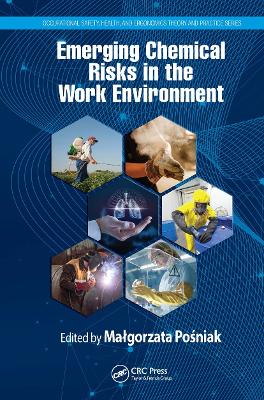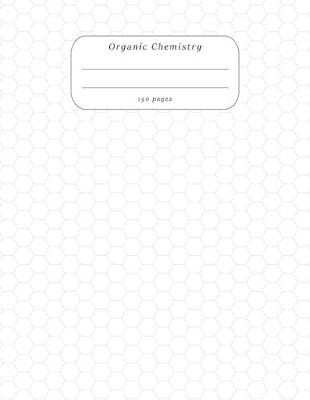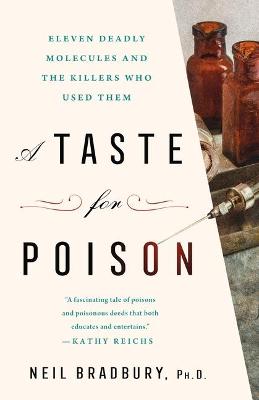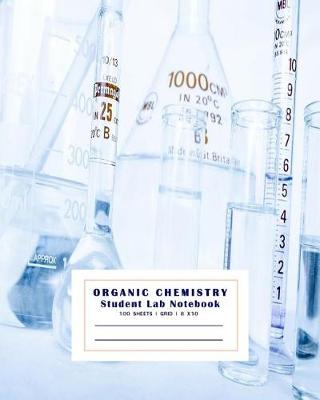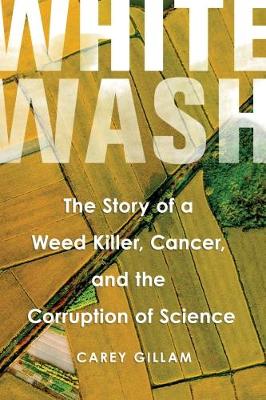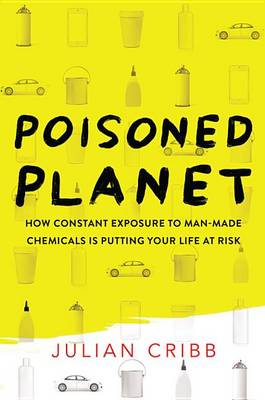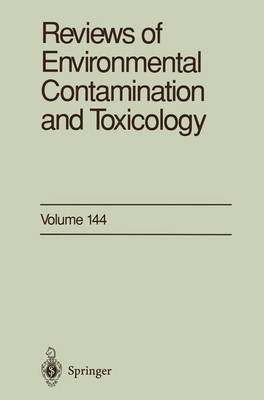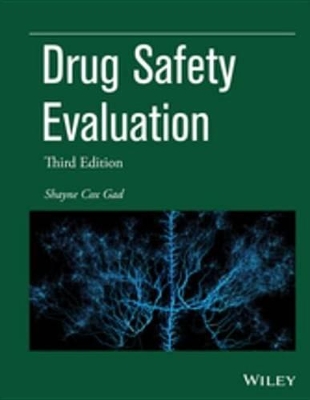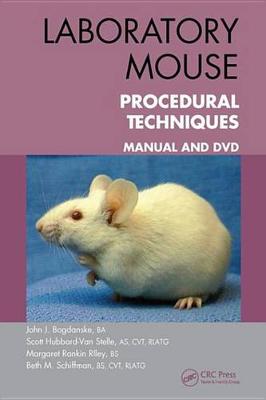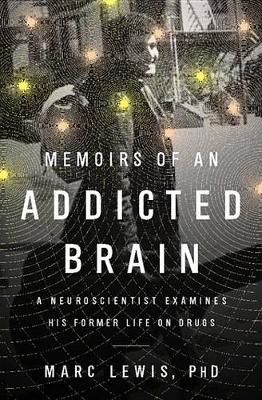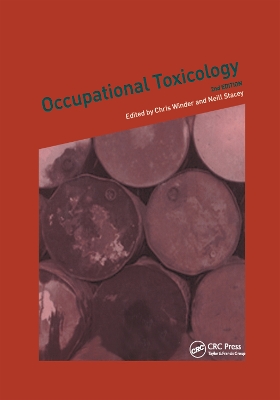Emerging Chemical Risks in the Work Environment (Occupational Safety, Health, and Ergonomics)
Around the world, the production and use of nanomaterials, as well as carcinogenic, mutagenic, reprotoxic substances (CMR) and endocrine disruptors has systematically increased. The increase in production has exposed workers to hazardous substances in practically all branches of the world economy. Readers will have access to up-to-date and comprehensive knowledge on emerging risks related to nanomaterials, endocrine disruptors, reprotoxic, carcinogenic and mutagenic substances, which are related...
Drinking Water Safety and Contamination (Issues in Toxicology)
For the past 150 years, countries around the World have endeavoured to provide pure and wholesome drinking water for their population. The use of chlorine to disinfect water about 100 years ago led to a marked decrease in deaths from microbiological contamination. However, continual advances in industrial and agricultural processes has led to a continuing need to analyse water for chemicals and microbiologicals and assess their risk to health. This book reviews recent information on potential co...
Non-Domestic Substances List (Extract Canada Gazette, #1)
Organic Chemistry (Hexagonal Graph Paper Notebooks, #2)
by Alun Publishing
It's the pesticide on our dinner plates, a chemical so pervasive it's in the air we breathe, our water, our soil, and even found increasingly in our own bodies. Known as Monsanto's Roundup by consumers, and as glyphosate by scientists, the world's most popular weed killer is used everywhere from backyard gardens to golf courses to millions of acres of farmland. For decades it's been touted as safe enough to drink, but a growing body of evidence indicates just the opposite, with research tying th...
Ludwig Andreas Buchner: Commentar Zur Pharmacopoea Germanica Mit Verdeutschtem Texte. Band 2, Teil 2
by Ludwig Andreas Buchner
Computational Radon Transport Mechanisms
by Snehashish Chakraverty and Tharasi Dilleswar Rao
Computational Radon Transport Mechanisms considers various mathematical modeling techniques for understanding radon transport mechanisms across various mediums, including soil, concrete and water. Clearly organized by types of problems, including steady and unsteady states, inverse problems, and uncertainty, the book provides clear solutions to understanding and analyzing radon transport mechanisms. In addition, the book considers recent advances that have proposed different analytical, semi-ana...
We want things to be cheap, convenient and useful. Our food arrives contaminated with pesticides and wastes, wrapped in plastic made of hormone-disrupting chemicals. We bathe and dress our children in petrochemicals. Even our coffee contains miniscule traces of arsenic, cup by cup adding to the toxins accumulating in our bodies. Man-made chemicals are creating a silent epidemic. Our children are sicker; cancer, obesity, allergies and mental health issues are on the rise in adults; and, frighten...
International concern in scientific, industrial, and governmental communi ties over traces of xenobiotics in foods and in both abiotic and biotic envi ronments has justified the present triumvirate of specialized publications in this field: comprehensive reviews, rapidly published research papers and progress reports, and archival documentations. These three international pUblications are integrated and scheduled to provide the coherency essential for nonduplicative and current progress in a fie...
Bacterial Toxins (Aspects of Microbiology)
Nontoxic Products: Interdisciplinary Approach to Materials Alternative Analysis
by Oladele A. Ogunseitan
The textbook presents an interdisciplinary perspective ofrationale, methods and applications of alternative assessment as aframework for making decisions regarding less-toxic consumerproducts.The book is organized according to three broad themes. The firsttheme focuses on methodology, including LCA as a tool forgenerating comparative indicators of chemical and material impactson human health and environmental quality, and multi-criteriadecision analysis approaches to interpret and integrate data...
The Commemorative Pihkal and Tihkal
by Alexander Shulgin and Ann Shulgin
This practical guide presents a road map for safety assessment as an integral part of the development of new drugs and therapeutics. Helps readers solve scientific, technical, and regulatory issues in preclinical safety assessment and early clinical drug developmentExplains scientific and philosophical bases for evaluation of specific concerns – including local tissue tolerance, target organ toxicity and carcinogenicity, developmental toxicity, immunogenicity, and immunotoxicityCovers the develo...
Food Safety and Toxicology (de Gruyter Textbook)
by Oluwatosin Ademola Ijabadeniyi and Omotola Folake Olagunju
Laboratory Mouse Procedural Techniques
by John J. Bogdanske, Scott Hubbard-Van Stelle, Margaret Rankin-Riley, and Beth M. Schiffman
This combination manual and DVD provides much-needed training on the proper handling of mice used in biomedical research. The DVD includes narrated video clips that demonstrate and describe each procedural technique. The manual contains handouts with color illustrations and descriptive text for each technique, including the purpose and application
Marc Lewis's relationship with drugs began in a New England boarding school where, as a bullied and homesick fifteen-year-old, he made brief escapes from reality by way of cough medicine, alcohol, and marijuana. In Berkeley, California, in its hippie heyday, he found methamphetamine and LSD and heroin. He sniffed nitrous oxide in Malaysia and frequented Calcutta's opium dens. Ultimately, though, his journey took him where it takes most addicts: into a life of addiction, desperation, deception, a...
This title presents a detailed overview on the full range of hazard categories and the associated risks of chemicals. It provides a basic introduction into toxicology, ecotoxicology and environmental behavior and enables all who perform precise chemical analysis to handle substances according to their intrinsic properties such as physical-chemical, environmental, ecological and toxicological hazards.
Occupational Toxicology
Hazardous agents are an ongoing concern in the modern workplace, with many examples of workers being severely affected by chemicals as a result of both acute and chronic exposure. Occupational Toxicology, 2nd Edition introduces the basics of toxicology that underpin the application of toxicological information to the workplace environment.
Control of Substances Hazardous to Health in Laboratories
